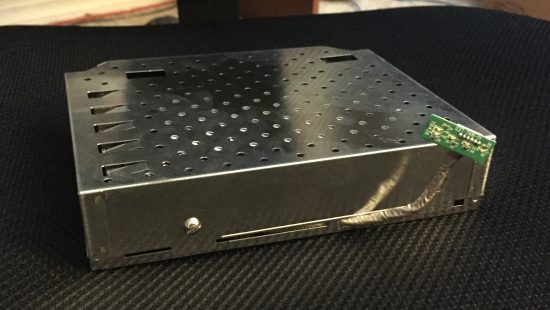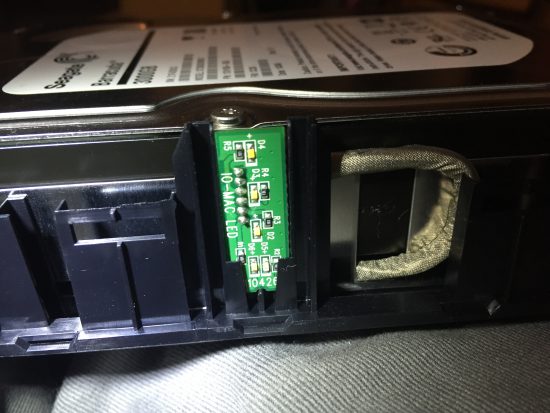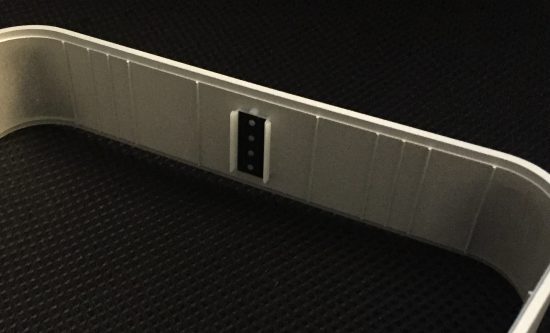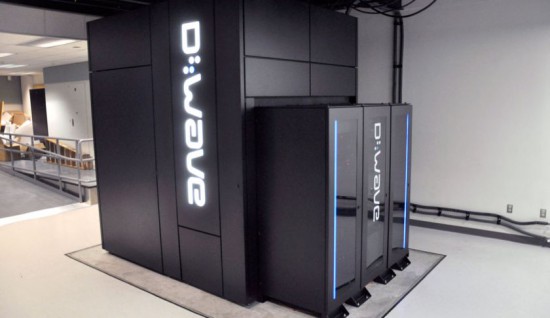The subject of blockchain technology in general, and cryptocurrency in particular, has come up a few times lately, and I’ve been doing some reading. When you look, you mostly find stuff that does a bad job describing what blockchain is, before jumping to some particular use for it – generally cryptocurrency, and why you should buy some.
But “blockchain” is the second-least important word in this discussion. “Cryptocurrency” is the least important. Blockchain is a way to achieve a utopian dream, and it’s the dream we will talk about today. The dream is the Distributed Ledger – a system where there isn’t some central institution who decides who owns what, instead that information is all kept in an encrypted ledger that we all share and maintain, and magically we can only read the parts of the ledger that are our business to read.
All the blocks and chains and whatnot are an implementation detail that is not really that important. But… later we will see that some implementation details matter a lot.
Let’s talk about the distributed ledger. Instead of some bank tracking how much money is in everybody’s account, there are thousands of copies of the ledger, spread around the world, immune to deprivations of institutions who use the ledgers to control us. It’s a pretty sweet idea. Better yet, ideally even when the ledger is spread around the world, only the right people can read the parts about you. For all the rest, the ledgers just have to agree.
To make this happen there are two key concepts: redundancy and consensus. Redundancy we just spoke of. Thousands, maybe millions of instances of the ledger, all verifying that they are the same, even if they can’t see the individual transactions.
But imagine if Ronald McDonald decides to give a Bitcoin to Mayor McCheese. He duly records the transaction and that information propagates through the network as all the instances of the ledger are updated. But at the same time, on another ledger it is recorded that in fact Ronald gave that same Bitcoin to the Hamburgler! I heard that gasp of horror, and it is well-placed!
With every distributed ledger, there has to be a way to resolve discrepancies that through sloppiness, bad timing, or malice will inevitably arise. Eventually all those ledgers have to concur about what actually happened. Therefore, the people who run the system need to make it difficult for the bad guys to overwhelm the honest transactions. They need to allocate deciding power based on some resource they control that makes the holders invested in the success of the platform.
In the case of Bitcoin, that resource is pure computing power. Solve math puzzles, get Bitcoins. Once you have Bitcoins, you will protect them. So to push false transactions onto Bitcoin, you would have to to solve those math puzzles faster than everyone else on the network combined.
That would not be easy. I read an estimate today that the current Bitcoin puzzle-solving economy, which uses extremely efficient hardware designed to solve these particular problems and nothing else, is currently chewing through the amount of electricity consumed by the entire country of Austria – at the low end. So to fool Bitcoin, you’d need about 1.1 Austrias (at the low end) of power. That’s pretty impractical, and that’s what keeps your Bitcoins safe.
Or, to defraud the system you could find a different way to generate sha256 hashes (that’s the Bitcoin puzzle). If you came up with a new way to do that calculation that took 1% of the power, you could destroy Bitcoin. Quantum computing would trash Bitcoin, but the latter will be long gone before the former arrives on the scene. Yep, Bitcoin will be long gone.
There are other ways for distributed ledgers to form consensus that are far less carbon-awful. In fact, there’s a currency that was recently announced that awards blocks (coins) for each ton of CO2 sequestered. And away from cryptocurrency, the distributed ledger promises to transform some really complex problems like adaptive energy grids and a world filled with self-driving cars. All the new cryptocurrencies are finding less ecologically-disastrous ways to manage consensus. Etherium is launching a new less-eco-awful version of their currency, and leaving their old version to the winds of fate. The power bill will eventually destroy Bitcoin.
I mentioned above redundancy and consensus. We have seen that consensus can be extremely expensive. New distributed ledgers are working to reduce that cost. But redundancy also has a cost.
All the ledgers have to share information, constantly updating each other. For the blockchain implementation, each update itself requires a great deal of computation to ensure security — digital signatures, hashes, more signatures. Recording a single transaction in thousands of ledgers eats up CPU time, to the point where processing a single Bitcoin transaction takes the juice to run your house for a week. (Actually, a German house for a week, whatever that means.)
And this is where we get to “Bitcoin is not Money”. Despite demanding the power of a European nation to operate, Bitcoin can only process a few transactions per second. Like, less than ten. How many credit card transactions take place every second? A global-scale distributed ledger makes each transaction very expensive. It is simply impossible for Bitcoin to be a factor in everyday commerce.
EDIT: In fact, bitcoin intentionally adjusts the difficulty of adding a block to the chain so that one 1MB block is added every ten minutes, so that transactions can be “digested” and shenanigans rooted out. This puts a very hard limit on the number of transactions that can be added to the chain, and as computing power increases, the difficulty of adding a block to the chain increases with it. Bitcoin by design cannot handle the transaction rate of an actual currency.
(Although I have to say that since you can know the entire history of each coin, you could, for instance, simply refuse to accept any coin ever touched by a company that dealt with blood diamonds, effectively making their money worth less. That is the true power of the distributed ledger. Someday it will be real.)
When it comes right down to it, our current attempts at the distributed ledger are way better at things that aren’t money – things where there is value in decentralizing, but they don’t move as fast as we need money to move. Or things that move fast but in a smaller context, like an office or a company.
Or, God help us all, Non-Fungible Tokens. A topic for another day.
When you hear about the ways blockchain technology will change the world, quietly, to yourself, substitute the term “distributed ledger”. That is the idea that has the power to change so many things for the better, and it’s a lot easier to fit in your head. Blockchain is an implementation of that idea, but it’s got warts big enough to mostly obscure the magical toad underneath. Moore’s Law may finally get us to the promised land, but computers will literally have to be a million times faster than they are now to turn blockchain-based cryptocurrency into actual money. My bet is now that we have seen the value of the distributed ledger, we will find a better way to accomplish it. And that’s pretty exciting.
 5
5
Sharing improves humanity:





